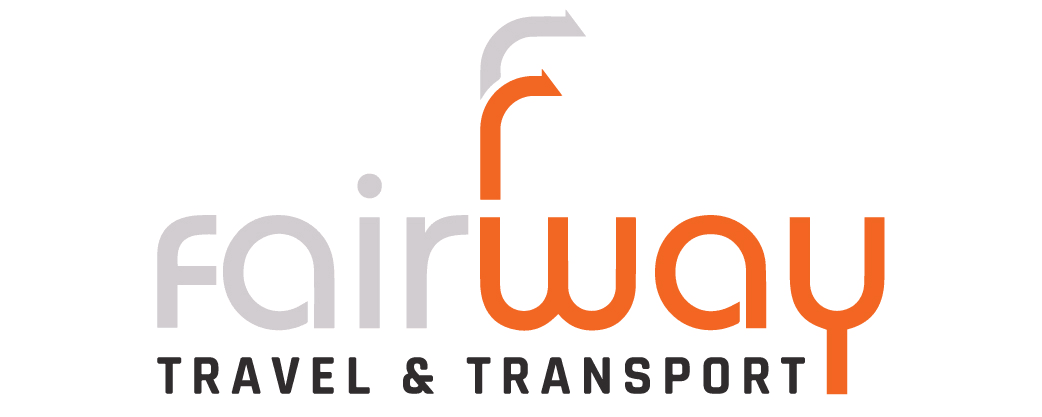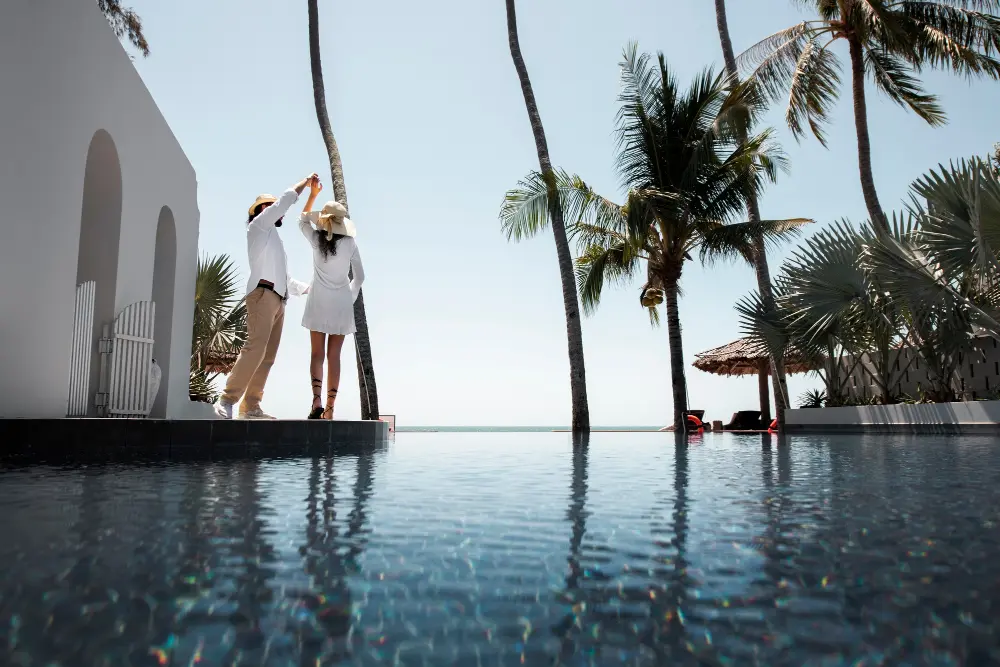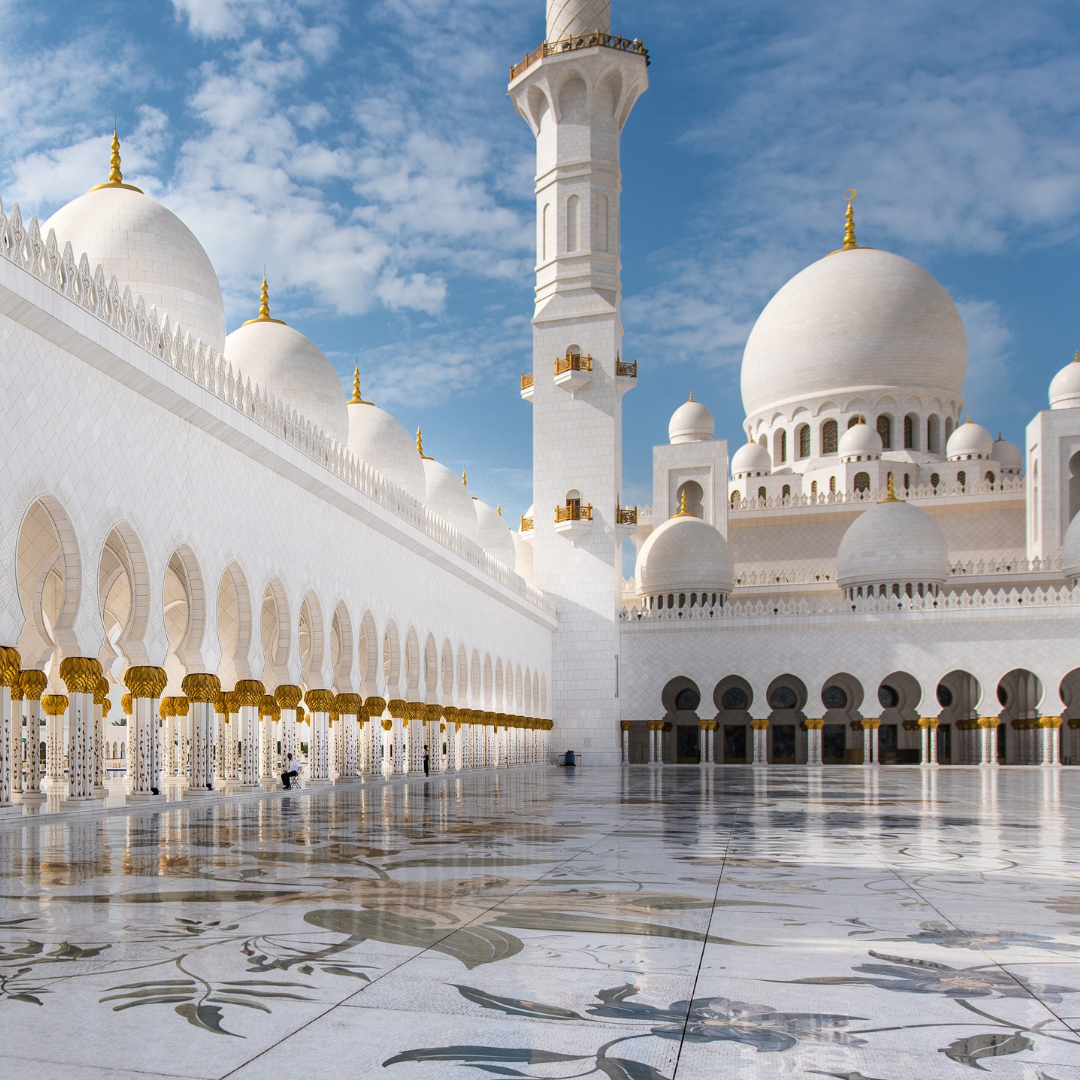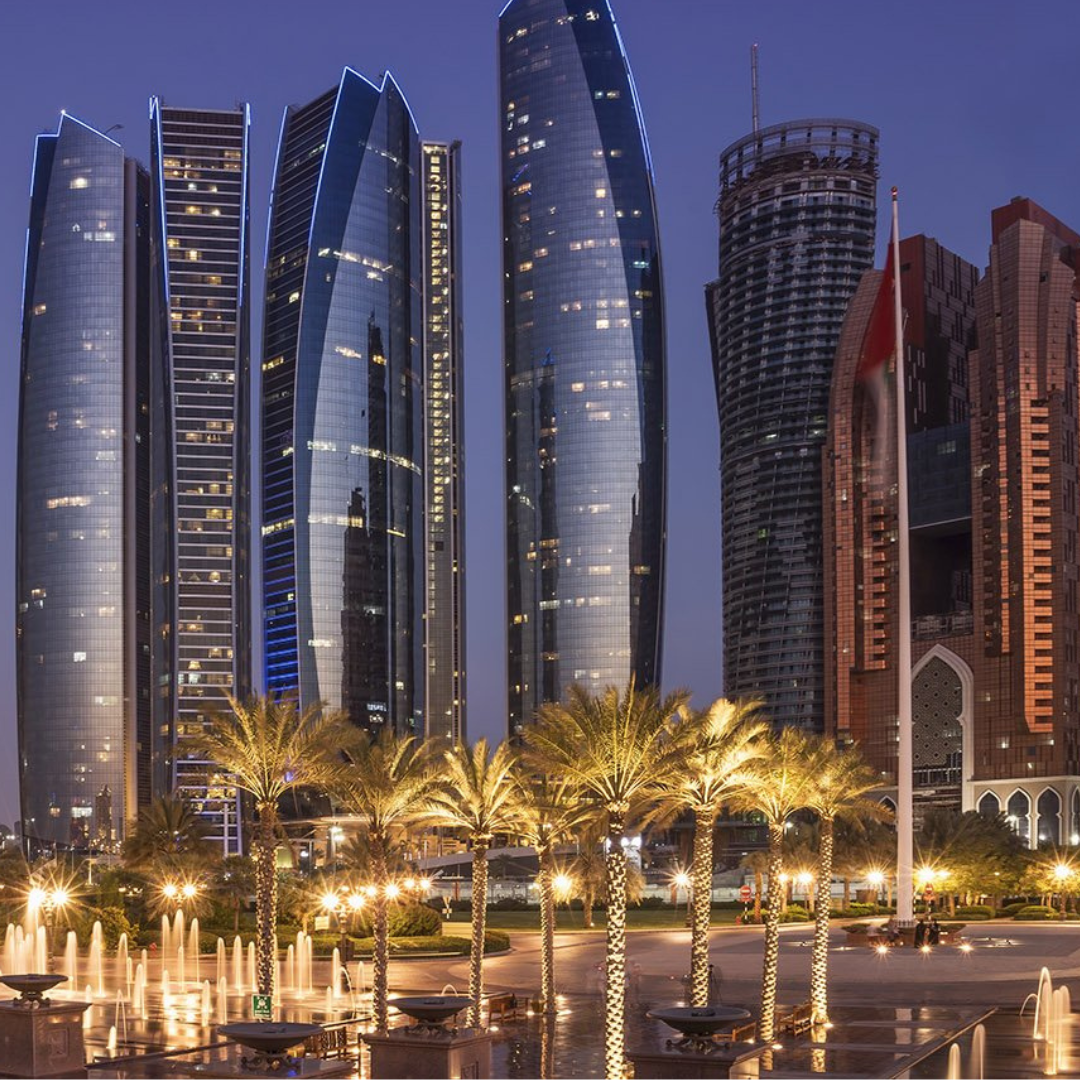In the competitive travel industry, brand authority is crucial for attracting and retaining customers. A strong brand not only boosts credibility but also enhances online visibility, leading to higher conversions. But how can a tour company establish itself as a trusted authority? The answer lies in a combination of SEO, content marketing, social proof, partnerships, and digital trust-building strategies.
This guide explores proven methods to elevate a tour company’s brand authority while ensuring long-term success in the digital space.
1. Build a Strong Digital Presence
Optimized Website for Trust & Credibility
A well-designed website serves as the digital storefront of a tour company. To build authority, ensure your site is:
- Fast-loading & Mobile-Friendly: Core Web Vitals optimization enhances user experience.
- User-Centric UX/UI Design: Easy navigation, clear CTAs, and engaging visuals.
- Secure & Trustworthy: SSL certification, transparent pricing, and customer testimonials.
👉 A well-optimized website ranks higher in search engines, attracts organic traffic, and builds credibility. Partnering with an SEO firm ensures your site meets these industry standards.
2. Leverage SEO to Enhance Brand Visibility
Establishing Topical Authority Through Content
Google rewards brands that demonstrate expertise, experience, authority, and trustworthiness (E-E-A-T). Tour operators should focus on:
- Creating Destination & Experience Guides: Providing in-depth, high-quality content for travelers.
- Using Latent Semantic Indexing (LSI) Keywords: Targeting long-tail keywords related to travel planning.
- Implementing Structured Data & Schema Markup: Enhancing search engine understanding and rich snippet visibility.
Earning High-Quality Backlinks
Backlinks from reputable travel sites, blogs, and news platforms improve domain authority. Strategies include:
- Guest Posting on Travel Blogs
- Getting Featured in Tourism Directories
- Collaborating with Influencers & Travel Journalists
3. Strengthen Local SEO & Google Business Profile
Local SEO is essential for attracting nearby tourists and ranking in “near me” searches.
- Optimize Google Business Profile (GBP): Regularly update photos, respond to reviews, and list services.
- Use Location-Based Keywords: “Best desert safari in Dubai” instead of just “desert safari.”
- Encourage Customer Reviews: More positive reviews improve credibility and rankings.
4. Use Content Marketing to Establish Expertise
Publishing Valuable & Engaging Content
Consistently posting high-quality content positions your brand as an industry leader.
- Blog Topics: “Best Hidden Travel Destinations for 2025,” “How to Plan a Luxury Safari.”
- Video & Visual Content: Engaging storytelling through vlogs, reels, and travel photography.
- User-Generated Content (UGC): Encourage customers to share testimonials and travel experiences.
5. Earn Trust Through PR & Strategic Partnerships
Collaborations with established travel brands enhance credibility. Consider:
- Partnering with Hotels, Airlines, & Tourism Boards
- Sponsoring Events or Local Travel Initiatives
- Getting Featured in Top Travel Publications (Lonely Planet, National Geographic, etc.)
6. Engage with Customers Through Social Proof
Trust is built through customer experiences and engagement. Key strategies:
- Showcase Real Testimonials & Success Stories
- Engage on Social Media Platforms
- Respond to Customer Queries & Reviews Promptly
7. The Role of AI & Emerging Technologies in Brand Authority
The future of travel branding involves:
- AI-Powered Personalization: Tailoring experiences based on user preferences.
- Augmented Reality (AR) for Virtual Tours: Providing immersive pre-booking experiences.
- Voice Search Optimization: Ensuring voice-search-friendly content for growing voice assistant usage.
Conclusion
A tour company’s brand authority is built through trust, digital visibility, content excellence, and strong partnerships. By implementing SEO, leveraging social proof, and staying ahead with new technologies, tour operators can dominate the industry and drive sustained growth.








